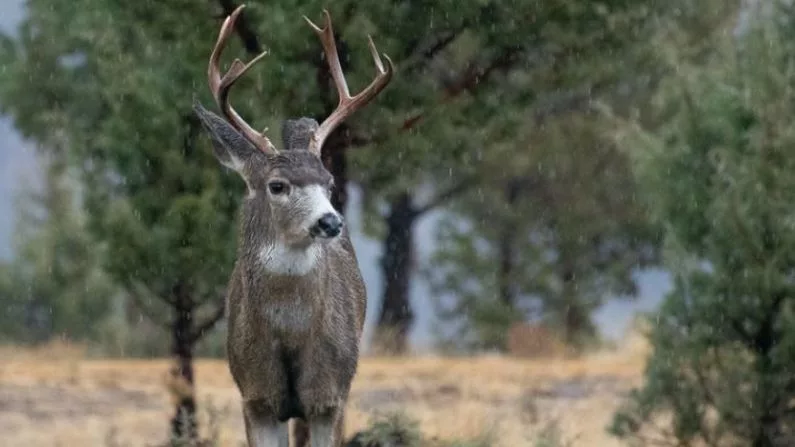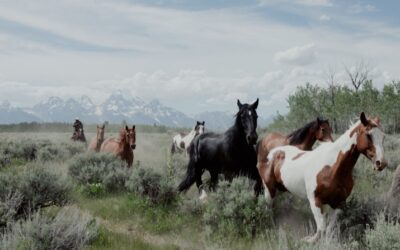This story comes through a content-sharing partnership with Wyoming Public Media.
Chronic wasting disease (CWD) has been confirmed within the boundaries of Yellowstone National Park for the first time. A mule deer that died in mid-October near Yellowstone Lake tested positive for the always-fatal disease.
This is not surprising for local wildlife biologists. CWD has been spreading across Wyoming since the 1980s, and about 10 to 15 percent of the mule deer near Cody already have it. The disease can greatly reduce herd numbers as it becomes more prevalent.
In response, Yellowstone said it’s stepping up testing and monitoring efforts for CWD — and it will update its long-term surveillance plans.
Sometimes called “Zombie Deer Disease,” CWD attacks the nervous systems of deer, elk and some other hoofed mammals. Tony Mong, a biologist with the Wyoming Game and Fish Department, said it can be tough to watch an animal afflicted with it.
“We do see animals that are very emaciated. Very skinny. And a lot of times, when they’re at the very ends of it, they’ll just stay in one spot,” he said. “They’ll a lot of times have slobber, droopy ears and [are] just unable to move.”
CWD also has no known treatment or vaccine, and it can be challenging for officials to contain its spread – which often occurs through saliva and other body fluids but can at-times happen indirectly through soil or water.
Mong said Game and Fish is trying to contain CWD by quickly removing carcasses or infected animals from the landscape and altering hunting seasons to keep population densities down. He said the public can help by refraining from feeding wildlife and reporting dead or sick animals to local authorities. Game departments across the West also run widespread testing programs for hunters.
Yellowstone officials say most wildlife populations in the park are healthy. They are asking visitors to report any carcasses or symptomatic animals — but not handle them. John Treanor, a Yellowstone biologist, said the park plans to increase collaboration with state agencies and investigation efforts.
“I would assume that there are animals that winter outside the park typically that then move into the park and are dispersed coming across the [eastern] boundary that are positive for CWD,” Treanor said. “I think [at] this point, the best thing to do is just for us to increase our efforts to identify more infected animals.”
Yellowstone plans to release a revised CWD surveillance plan next year.
There have been no reported cases of the disease appearing in humans, and it does not pose a public health risk.
This story was produced by the Mountain West News Bureau, a collaboration between Wyoming Public Media, Nevada Public Radio, Boise State Public Radio in Idaho, KUNR in Nevada, KUNC in Colorado and KANW in New Mexico, with support from affiliate stations across the region. Funding for the Mountain West News Bureau is provided in part by the Corporation for Public Broadcasting.





